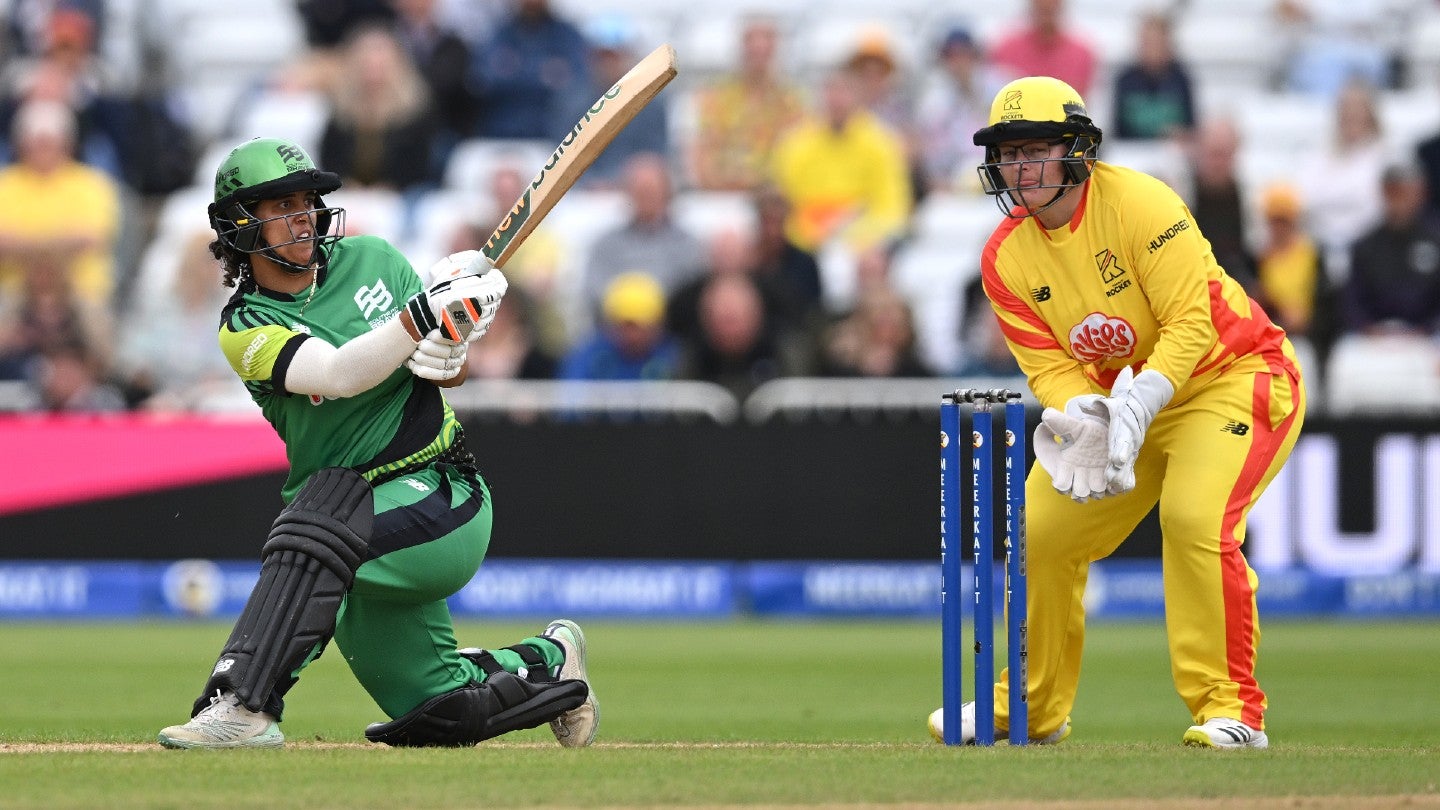
The formation of The Hundred stemmed from the England and Wales Cricket Board (ECB) wanting its own version of a short-format cricket tournament to compete with the Indian Premier League (IPL).
The IPL has been wildly successful since its inception in 2008 and is regarded as the world’s premier cricket franchise league.
Players are offered enormous sums of money to play for the various franchises and many players have begun prioritizing competing in the IPL over playing international cricket due to the larger paydays associated.
This is especially true for players of nations outside the top three superpowers of world cricket – India, England, and Australia.
Cricket in general has been trending towards shorter formats in recent decades thanks to the successful introduction of T20. The sport wants to attract younger fans and the best way to do that in their view is to create shorter forms that only last for a few hours.
While test cricket is beloved by fans of the sport for its length and ebbs and flows, it’s also incredibly difficult to introduce to casual fans, who likely don’t want days of their time given up watching a single match.
The arguments for making The Hundred an entirely new format were made by the ECB’s chief commercial officer Sanjay Patel in 2017, who stated that having simplistic and easy-to-follow rules would help attract new crowds that the ECB was looking for.
The Hundred has largely been seen as a positive development for women’s cricket. Underfunded and watched by too few in England for many years, The Hundred’s decision to launch male and female versions of the competition and have them run in tandem has had a profound effect on the viewership of the women’s game.
Additionally, the fact that both versions have equal prize money for the winners has been seen as a ground-breaking moment for women’s cricket, particularly in England.
At the conclusion of the tournament’s opening season, it was revealed that 55% of ticket buyers had never previously attended a cricket match, thanks to the generally more affordable prices associated with a shorter format.
England women’s captain Charlotte Edwards stated that the tournament had single-handedly changed the landscape of women’s cricket in England.
While there have undoubtedly been positives regarding The Hundred, it has also been criticized for compressing the cricket schedule in England even further, with it being disruptive to the county cricket season.
The format has also been criticized for only appearing in England and having no bearing on cricket in other nations.
Recent rumors have emerged that there might be plans to change The Hundred into a new tournament entirely, rebranding it as the English Premier League. As part of the rumored plans, the men’s format would be expanded from eight to 18 teams, with each county receiving a franchise.
The new tournament would have two divisions, with promotion and relegation between the two. Reports also indicate that the women’s format would stay at eight teams initially before further expansion in the following years, but it would still be played concurrently at the same time as the men’s edition.
Additionally, the ECB would reportedly want the franchises to remain entirely separate from the county cricket structure, which would allow the teams to source foreign investment, enabling them to compete financially with the likes of the IPL and the emerging T20 formats in other cricketing nations.
With the ECB’s lucrative domestic broadcast rights agreement with Sky running until 2028, altering the structure of The Hundred before then could prove to be difficult.
Due to the money involved, T20 franchise cricket is where the sport has been trending in recent years, leaving formats like test cricket behind, which draws smaller crowds and appeals less to a casual fan.
There is a growing feeling that test cricket is dying outside of the big three, with nations like Pakistan, New Zealand, Sri Lanka, and South Africa playing far fewer test matches than the big three.
There is also much less of a financial incentive to players from these nations to participate in test cricket given that it doesn’t make much money. These players are instead more likely to be motivated by the financial incentives of franchise cricket.
Cricket is currently in a troubling bind. The reality is that test cricket may very well be in trouble due to how little money it makes. However, the constant directive to keep creating new formats for cricket may well dilute the game even further and confuse new fans instead of drawing them.
While the general benefits of The Hundred have been positive thanks to the equality it has brought about between men’s and women’s cricket, the sport needs to collectively unite and form a coherent plan as to how the game needs to move forward.
However, the inherent competition between countries may continue to create scenarios that only further confuse the future landscape of cricket.
Image: Shaun Botterill/Getty Images



